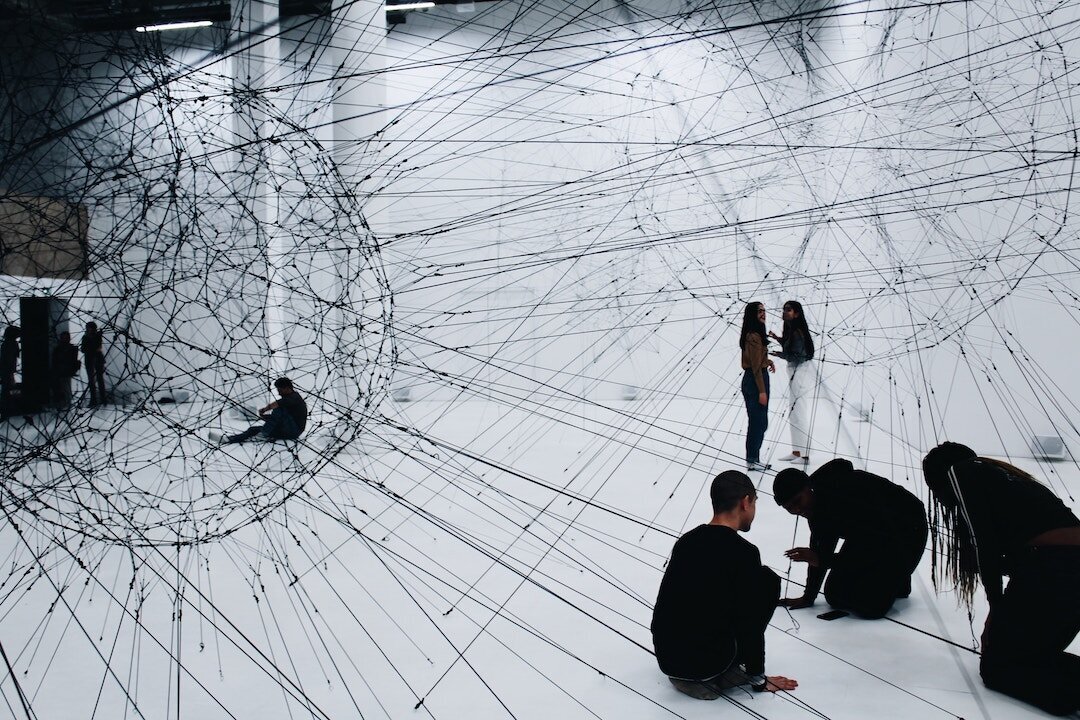The Future of Strategic Decision-Making
With COVID wreaking havoc around the world, we’re being given a brutal reality check on the fragility of the systems we have built – economic, health, social. Yet in reality, COVID is only one of many potential disruptors in an increasingly complex world – how do we prepare as leaders to navigate this complexity?
In The Future of Strategic Decision-Making, published in the Journal of Future Studies, Roger Spitz, Founder of Techistential makes the case that,
“As a society, we must completely adapt the education system (Spitz, 2020), prioritizing experimentation and discovery, instilling curiosity and comfort with uncertainty, first starting in the playground and then spreading all the way to our boardrooms.”
By nature Mindhive members are actively seeking ways to become more insightful in their leadership and strategic decision making. Many are no stranger to the power of humble leadership and the benefits it brings to an organisation – from faster innovation to revenue generation and staff retention.
Decision-Making: No Longer a Human Exclusive
In his article Spitz says human decision making needs to go further and quickly attain a AAA rating “the need for humans to enhance their capabilities is that much more relevant in the context of machines learning fast and with increasingly higher-level human functions.” In other words, we need to work harder to remain relevant in a complex, AI world.
The AAA rating Spitz references builds on the triple A rating concept used in finance and governance. Where “Anticipatory, Antifragile and Agility” (AAA) is used to define what humans should be developing to improve their abilities as the world becomes more complex.
While the term anticipatory is intimately related to foresight, for our AAA taxonomy we borrow the definition of antifragile from Taleb (2012): “Antifragility is beyond resilience or robustness. The resilient resists shocks and stays the same; the antifragile gets better.” And we use “agility” in the context of the Cynefin framework (Snowden & Boone, 2007), looking at properties such as our ability to be curious, innovative and experimental, to know how to amplify or dampen our evolving behaviors depending on feedback, thus allowing instructive patterns to emerge, especially in complex adaptive systems.
Collective Intelligence & AAA leadership
Extrapolating this out, collective intelligence, and how effectively we apply it, is intimately interwoven with our ability to rise to the challenge of achieving that AAA rating.
Collective intelligence has the capacity to make our systems more resilient and ‘antifragile’ by supporting purposeful collaboration across sectors and creating “innovative social and economic networked ecosystems that strengthen under stress.” Collective intelligence also has the capacity to make our organisations and systems more agile by,
"Harnessing curiosity, creativity, and diverse perspectives to go against the grain, because today’s standard knowledge will never solve tomorrow’s surprises."
Ultimately, collective intelligence platforms such as Mindhive enable rapid formation of feedback loops across large scale, complex systems. This, in turn, provides the foundation for the adoption of fast experimentation and agility through distributed thinking and leadership.
The opportunity to then augment that human intelligence with artificial intelligence is where we will see fast and rapid growth in this area.
Product Community
Join the Mindhive Product Community for development updates and become part of the Product Team to help shape Mindhive.
Next steps
Mindhive is a platform that facilitates discussion on topics that affect you – and what we can do about it.
Join a discussion and lend your voice
Mindhive is used in research, government, community groups and consultancies to canvas a wide spectrum of voices to surface sentiment, insight, and the unexpected.


